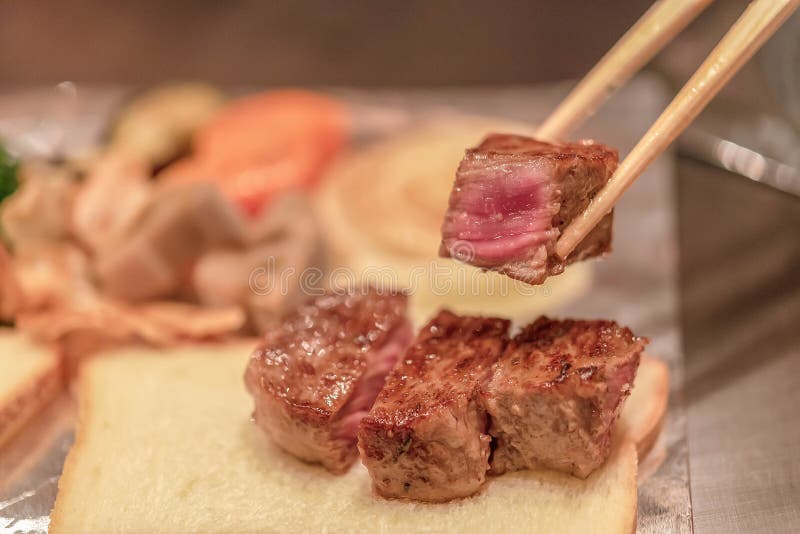

This is not somethingt he Japanese Ministry of Agriculture or Waguy Distributors want you to see.

The below video from the 60's shows wagyu cattle being pulled by the nose ring and force fed beer. As Japanese purebred Wagyu beef breeds have a natural pre-disposition to fat marbling throughout the red meat muscle, Japanese ‘farmers’ have learned to artificially boost the marbling and Wagyu grades by the following highly unnatural and bizarre methods. Ruminants also roam in their natural habitat which is outdoors on pasture. The conditions forced upon the beef cattle in Japan in return for high Wagyu beef prices and profits leave a lot to be desired.Ĭattle are ruminant animals meaning they are grass / plant roughage eaters with a unique digestive system comprising of one stomach with four compartments designed by mother nature to break down the plant roughage. Let's take a look at the good and the bad sides to Wagyu Beef. It is this natural predisposition for storing intramuscular fat that makes Wagyu Beef cattle so unique and sadly so exploited. They are all horned breeds and surprisingly, are naturally medium-sized cattle breeds with a unique natural genetic predisposition to storing fat throughout their muscle fibers which they used as their primary energy source as working cattle. These breeds were traditionally used as working cattle and chosen for their strength and endurance. Japanese Brown (Red) is the second most common breed with Japanese Shorthorn making up just 1% of Japanese Wagyu. Wagyu can come from any one of these Japanese cattle breeds with Japanese Black making up almost 90% of total Japanese Wagyu.


Japanese Brown (also called Japanese Red). Wagyu simply means a type of cattle raised in Japan with the direct translation ‘Japanese Cow.’There are four distinct fullblood breeds of cattle native to Japan that make of Japanese Wagyu: Wa 和 – means 'old Japan' and gyu 牛 - means cow American Prime Ribeye: This 30- to 60-day aged steak came not from Holy Grail Steak Company, but rather from Creekstone Farms, a Kansas-based Black Angus ranch.Wagyu pronunciation is wa-gyoo in English and represented by the two Japanese Kanji characters 和牛. "Upper-prime" signals that within the prime grade of beef, this beef has higher levels of marbling. American Upper-Prime Black Angus Bone-In Strip Steak: A bone-in strip steak from Black Angus cattle (not wagyu). American Tajima Wagyu Strip Steak: A 16-ounce strip steak from the same cattle as the American Tajima ribeye. It has great marbling by any standard except when put next to the Japanese examples above. American Tajima Wagyu Ribeye: From American Tajima wagyu cattle (descended from the same famed black wagyu as Kobe) with some Angus mixed in, this boneless ribeye is about 16 ounces and costs about $70. It'll cost you about $350 to get about 13 ounces of this stuff. Chateau Uenae A5 Hokkaido Snow Beef Ribeye: Even rarer than Kobe, Hokkaido Snow Beef is produced by a single Japanese rancher, and only one or two cattle each month qualify for the farm's highest "Snow Beef" designation. Just one roughly 14-ounce steak costs about $350. According to Holy Grail Steak Company, fewer than 1000 head of true Kobe cattle are exported from Japan annually, making this one of the rarest types of wagyu in the world. Kobe Wagyu A5 Ribeye: The one and only, real-deal Kobe beef.








 0 kommentar(er)
0 kommentar(er)
